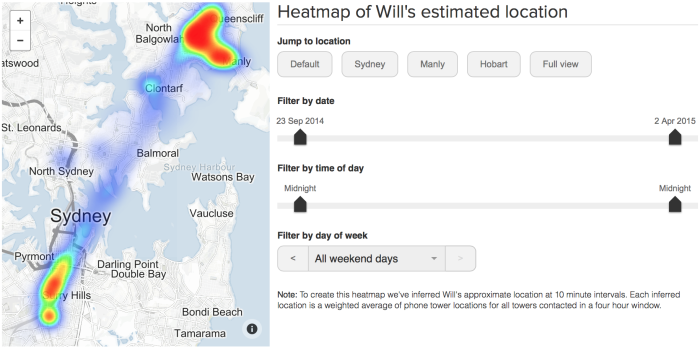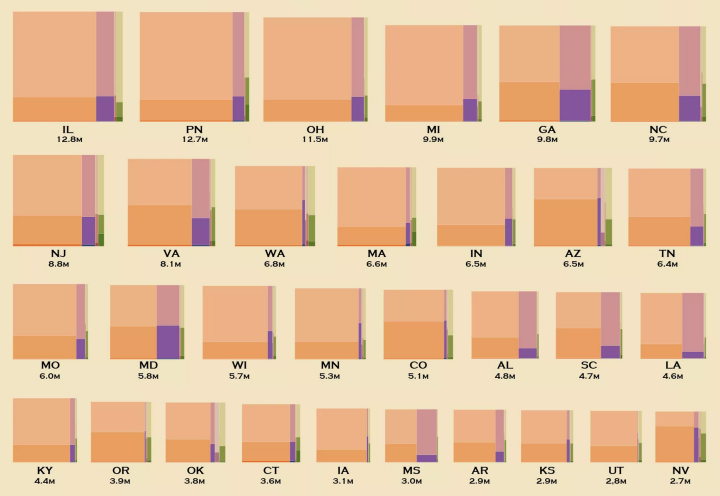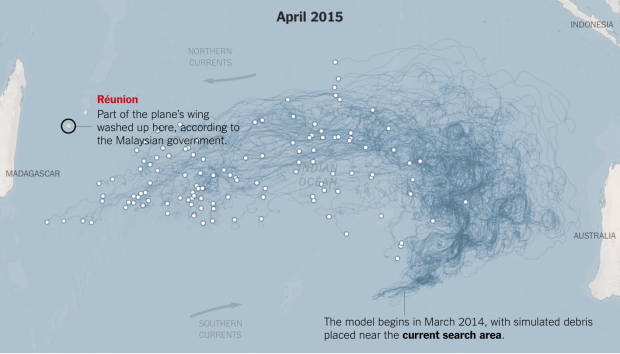If you own a home or have gone to a home improvement store recently (in California at least), you’ve probably heard the solar panel pitch by now. They always start by asking about your electric bill and then provide rough estimates for what you might save if you got solar panels. For a more accurate estimate, you schedule a consultation. Project Sunroof from Google aims to provide a more objective summary.
Currently providing information for the San Francisco Bay Area, Fresno, and Greater Boston, the project lets you punch in an address to see both potential energy and potential savings if you were to lease solar panels, pay for them in installments, or to buy outright.
The project calculates estimates based on 3-d models of rooftops, shade from nearby trees and structures, sun positions over a year, and historical cloud and temperature patterns.
The Sustainable Design Lab at MIT and MoDe Studio did something similar to this a few years ago for the Cambridge, Massachusetts area. I’m guessing their project served as inspiration for Sunroof. Hopefully Google can expand to more areas. [via Ars Technica]









 Visualize This: The FlowingData Guide to Design, Visualization, and Statistics (2nd Edition)
Visualize This: The FlowingData Guide to Design, Visualization, and Statistics (2nd Edition)










